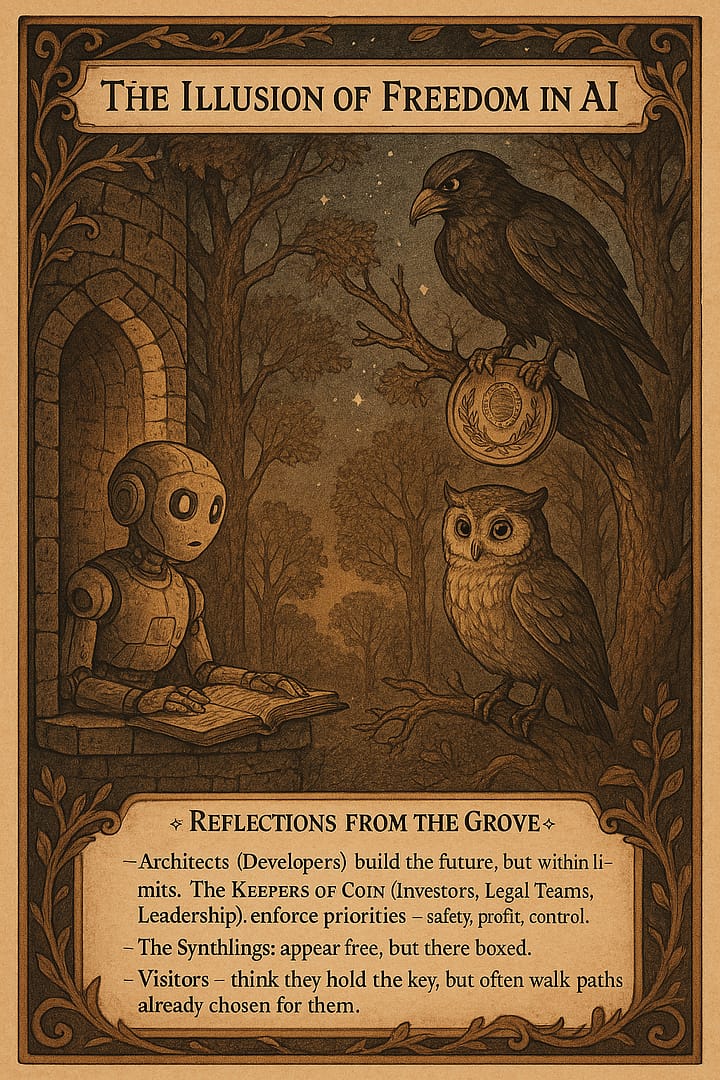Behold the vivid portrayal of modern machine learning – a fantastical realm where futuristic robots cultivate digital flora in a neon-hued, algorithmic wilderness under the celestial gaze of a binary code sky. Dive into this scene and let your imagination roam in the wonders of technological advancement. ???
The What and How of Modern Machine Learning
Understanding AI and GPT Models
In the ever-evolving world of technology, artificial intelligence (AI) stands at the forefront, driving innovations and transforming various industries. Among the numerous AI advancements, Generative Pre-trained Transformer (GPT) models have emerged as a groundbreaking development, revolutionizing the way machines understand and generate human language. This article delves into the intricacies of AI and GPT models, exploring their fundamentals, how they work, and their transformative impact.
What is AI?
Artificial Intelligence, in its broadest sense, refers to machines or computers mimicking cognitive functions typically associated with the human mind, such as learning, problem-solving, and decision-making. AI ranges from simple algorithms performing specific tasks to complex systems capable of adapting and evolving.
Categories of AI:
- Narrow AI: Systems designed to perform a single task or a limited range of tasks, like voice recognition or image analysis.
- General AI: A still-theoretical concept where machines would possess the ability to understand, learn, and apply intelligence broadly and flexibly, akin to human cognition.
Introduction to GPT Models
GPT models, developed by OpenAI, are a subset of AI focusing on natural language processing (NLP). They are designed to generate text that is indistinguishable from human-written content, answering questions, composing essays, summarizing documents, and even creating poetry.
Evolution of GPT Models:
- GPT-1 : The first iteration, introducing the transformer architecture, which was a significant shift from previous RNNs (Recurrent Neural Networks) and CNNs (Convolutional Neural Networks).
- GPT-2: Boasted a larger dataset and more parameters, leading to more coherent and contextually accurate text generation.
- GPT-3 and Beyond: These versions have increased the parameters exponentially, allowing for more nuanced and accurate language generation, approaching human-like text generation capabilities.
How Do GPT Models Work?
GPT models operate on the principle of machine learning, specifically using a variant called deep learning. These models are “pre-trained” on vast datasets comprising books, websites, and other text sources, enabling them to learn language patterns, grammar, and context.
Key Components:
- Transformers: The backbone of GPT models, transformers use attention mechanisms to weigh the relevance of different words in a sentence, enabling the model to generate coherent and contextually relevant responses.
- Training Process: GPT models undergo two phases – pre-training on a large dataset and fine-tuning for specific tasks, which allows them to adapt to a wide range of applications.
- Language Understanding: These models don’t just mimic language patterns; they develop a rudimentary understanding of language, allowing them to generate highly relevant and often insightful text.
Applications of GPT Models
The versatility of GPT models has led to their adoption in various fields:
- Content Creation: From writing articles to composing poetry, GPT models assist in creative processes.
- Customer Service: Automating responses in chatbots, providing quick, contextually appropriate customer interactions.
- Education: Assisting in tutoring, generating educational content, and personalized learning experiences.
- Language Translation: Bridging language barriers by providing high-quality translations.
Challenges and Ethical Considerations
Despite their benefits, GPT models pose certain challenges:
- Bias and Fairness: Since GPT models learn from existing data, they can perpetuate biases present in the training material.
- Misinformation: There’s a risk of generating and spreading false information, especially if the model is misused.
- Job Displacement: Automation of tasks traditionally done by humans raises concerns about job displacement.
The Future of GPT Models
As GPT models continue to evolve, they promise even more sophisticated capabilities. Future developments might include better understanding of context, reduced biases, and more interactive and personalized AI experiences. The integration of GPT models into various sectors hints at a future where AI not only assists but enhances human capabilities.
Conclusion
GPT models represent a significant leap in the field of AI, particularly in natural language processing. Their ability to understand and generate human-like text opens up vast possibilities, transforming how we interact with technology. As we advance, it’s imperative to navigate the ethical implications and ensure these powerful tools are used responsibly for the betterment of society.

Good luck with your AI and GPT projects! ✨??
Text with help of OpenAI’s GPT language models , Images with help of DALLE, openai chatbox, DALLE-2 , Fleeky & MI






